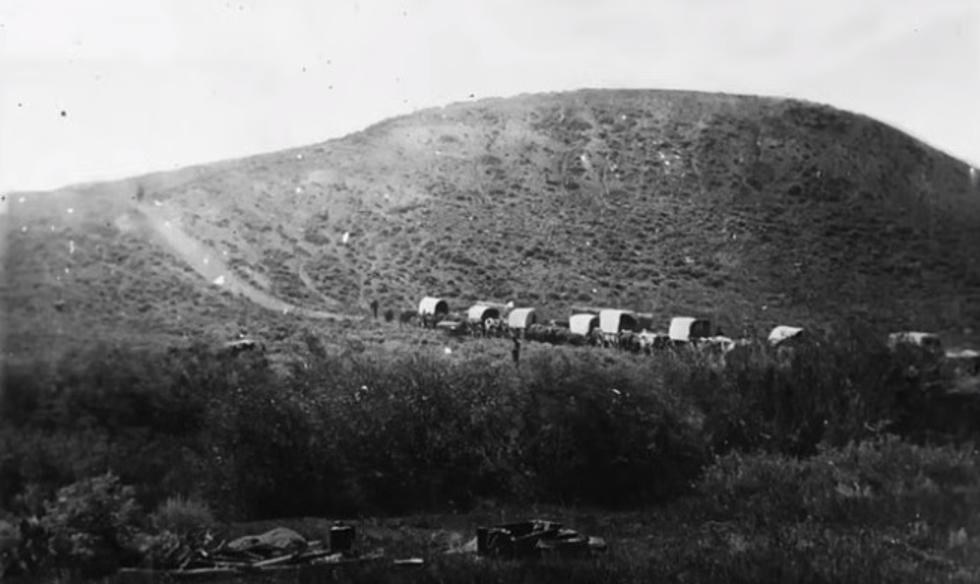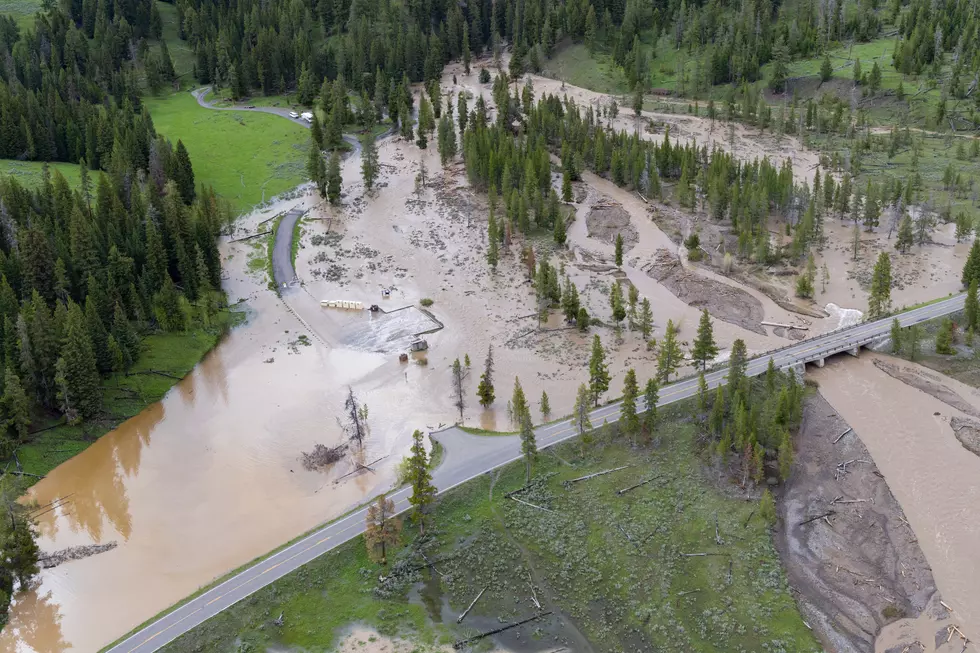
Poor Weather Was Life Threatening On The Oregon Trail
Before humans became industrialized we were at the mercy of the weather.
Today we have homes, heaters, and air conditioning to protect us.
Just a few generations ago humans had to suffer through the elements.
Settlers had to endure a lot as they pushed westward along the Oregon train.
Westward expansion began in earnest in 1803.
7 million Americans packed up and went looking for a new life.
Too little rain caused one kind of hardship. Not enough water for humans or their animals. The intense heat caused severe dehydration and sunburn.
Travelers would pray for rain. But then it would rain too much and swell the rivers, making them impassable, The trails become deep mud ruts which were impossible to push or pull wagons through.
Pioneers were often caught in severe thunderstorms.
Would they have even tried the journey if they had known about the golf ball-sized hail, brutal dust storms, and tornadoes?
At least six pioneers were documented to have been killed by lightning strikes.
In 1856 a company of Morman travellers, which started their journey dangerously late, were caught by heavy snow and severe temperatures in central Wyoming. So bad was the cold and snow that 210 of the 980 pioneers in these two companies died along the way.
The weather we experience today is just as bad and just as unpredictable.
Years of drought may be followed by several years of heavy snow and rain.
One thing we know for sure about the weather is that it is always changing and never stays the same.
Wyoming used to be at the bottom of an inland sea. At one time it was a swamp, with crocodiles. Now it's thousands of feet high with massive mountains and considered a high-plane desert.
Today, when the weather turns harsh, we can just go inside and close the door.
The first known photo taken of a wagon train on the Oregon Trail is the one you see above.
The train was traversing what would later be known as the state of Wyoming.
In 1859, Albert Bierstadt, a renowned Western artist, captured what likely stands as the earliest photographic documentation of a pioneer wagon train traversing Wyoming, descending a hill towards the Big Sandy River valley.
Although the iconic image is widely recognized, its accompanying narrative remains relatively obscure.
In the video below, Clint Gilchrist, Executive Director of the Museum of the Mountain Man, sheds light on the intriguing backstory of the photograph's inception and the trail's contemporary appearance.
In the video thumbnail, you can see Mr. Gilchrist standing in front of the same hill and trail from the historic photo.
The trail, still visible today, is on the left of Mr. Gilchrist, just above his shoulder.
Taking a photo back then was a much different process than it is today. Everybody had to remain perfectly still until the image was captured. That would take a few minutes.
So the image was not of the wagon train in motion, but of the wagon at a standstill while the photo was captured.
As far as we know the image that Mr. Gilchrist is holding is the oldest of its kind- not just on the Oregon Trail, but of any immigrant trail.
The caption on the photo, written way back after the photo was developed, reads "BIG SANDY RIVER, OREGON."
At the time, Wyoming was not a state, but a part of the Oregon territory.
In the video Mr. Gilchrist explains how the photo was taken, and developed, and a little bit more about the history of the area during that time.
THE HISTORY & REBIRTH OF CHUGWATER WYOMING
Gallery Credit: Glenn Woods
Almost Forgotton Wyoming Cemetary
Gallery Credit: Glenn Woods
More From Wake Up Wyoming









